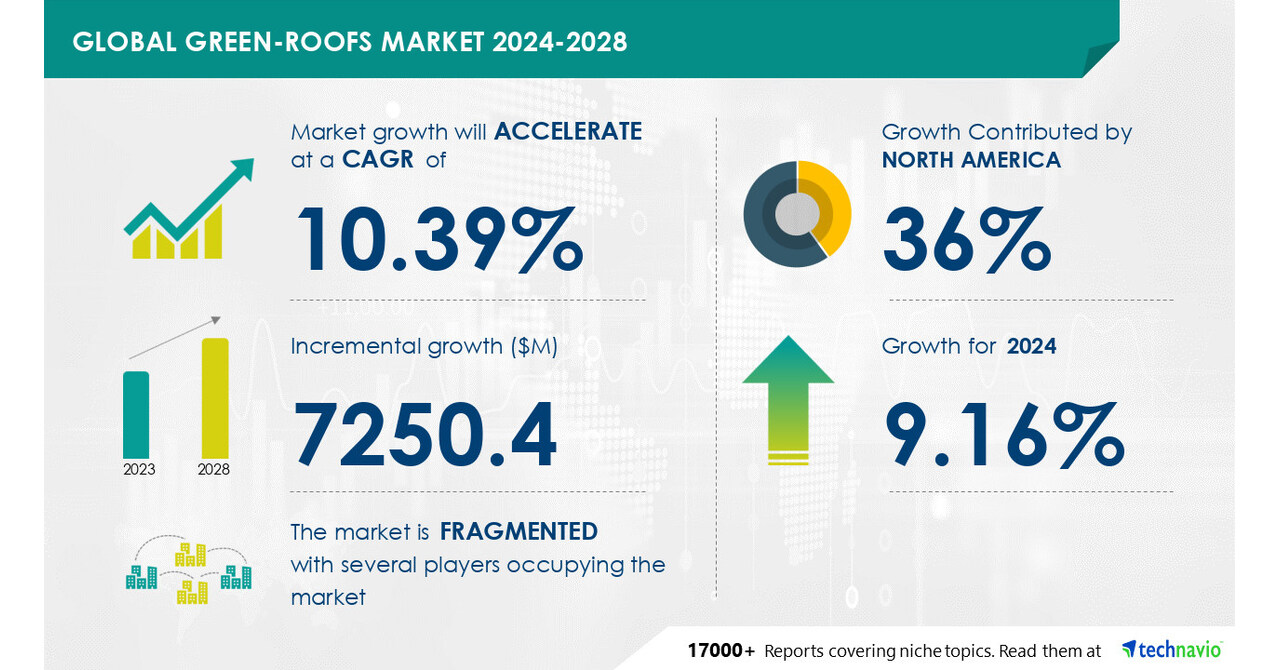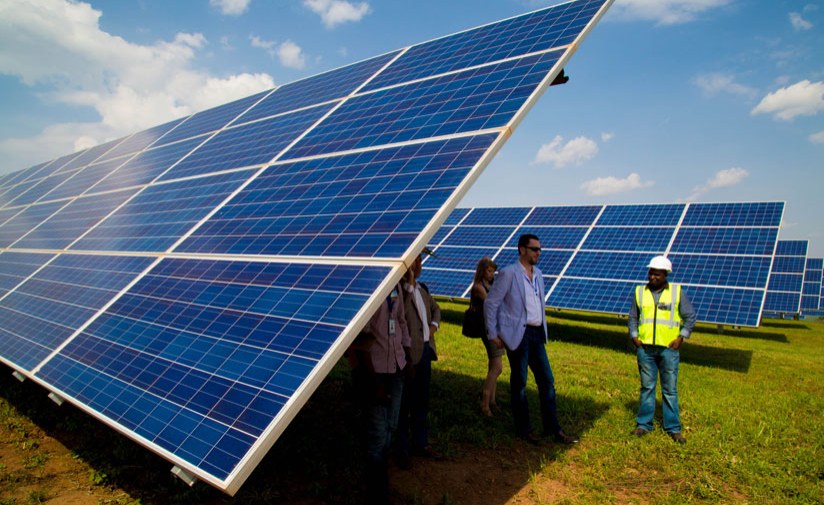Introduction to the Green Roofs Market
The global green roofs market is set to expand by USD 7.25 billion from 2024 to 2028, according to Technavio. This market is expected to grow at a CAGR of 10.39% during the forecast period. The increasing integration of solar photovoltaic arrays into green roofs, also known as bio-solar roofs, is driving market growth in Europe. These innovative systems combine renewable energy generation with sustainable roofing, offering cooling and shading effects. Leading vendors such as ZinCo and Bauder are simplifying complex installation processes, with Germany, Switzerland, and Austria spearheading adoption. This trend is anticipated to propel global green-roofs market growth during the forecast period.
Key Market Trends Fueling Growth
Benefits of Green Roofs
The building industry is increasingly adopting green roofs, which consist of vegetation and a waterproof membrane. These roofs provide numerous advantages, including reduced energy consumption through insulation, improved air quality, and enhanced urban sustainability. Recent studies suggest that the global green roofs market will continue to grow due to rising environmental awareness and government incentives.
Urban Sustainability Initiatives
Urban planning initiatives are promoting green roofs to mitigate the urban heat island effect. Roofs are being transformed into productive spaces, with farms and gardens taking root. This trend contributes to urban sustainability, making the green roofs market an exciting space to watch as it gains momentum.
Challenges Facing the Green Roofs Market
High Initial Costs
Green roofs offer long-term cost savings, such as energy efficiency and extended roof lifespan. However, their high initial costs, which can be up to three times that of conventional roofs, pose a significant barrier to market growth. Economies of scale have not been achieved in some countries, and the long payback period, sometimes up to 40 years, along with potential rent increases, challenges builders and municipal corporations. These factors may impede the global green-roofs market expansion during the forecast period.
Implementing and maintaining green roofs present several challenges. High installation costs, the need for proper drainage and irrigation systems, and the weight of the soil and vegetation can be concerns for some structures. Regular maintenance is crucial to ensure the health and longevity of green roofs. Additionally, the design and selection of suitable vegetation for different climates and environments are critical for success.
Integration of Renewable Energy Systems
Integrating renewable energy systems, such as solar panels, into green roofs adds complexity to the project. Addressing these challenges requires a multidisciplinary approach and collaboration between various stakeholders in the industry. Despite these challenges, the potential benefits of green roofs make them a promising solution for sustainable urban development.
Conclusion
The global green roofs market is poised for significant growth, driven by environmental awareness, government incentives, and technological advancements. While challenges such as high initial costs and maintenance requirements exist, the long-term benefits of green roofs make them an attractive investment. As urban areas continue to seek sustainable solutions, green roofs will play a crucial role in shaping the future of urban development.
Source:prnewswire.com





